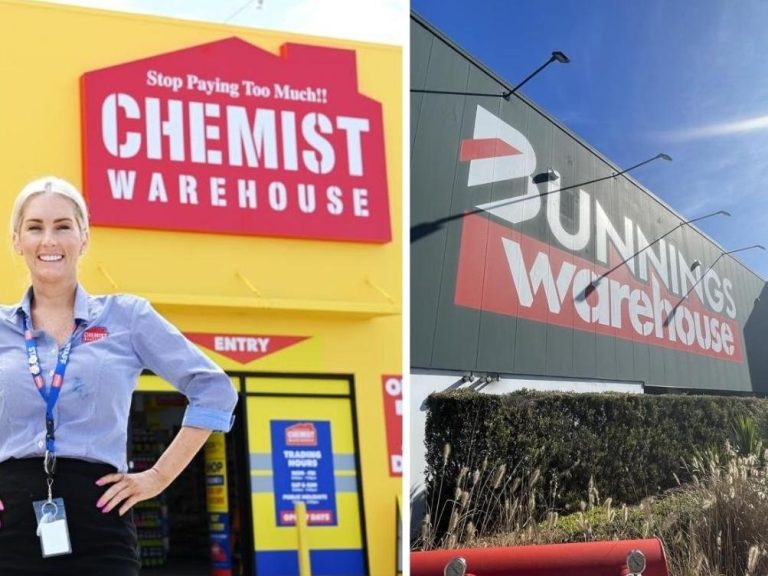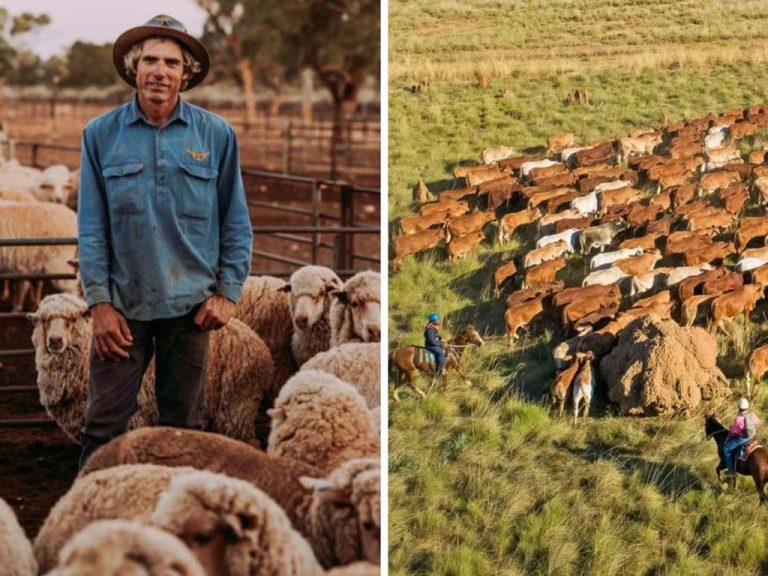Investors flock to childcare assets as early education demand grows
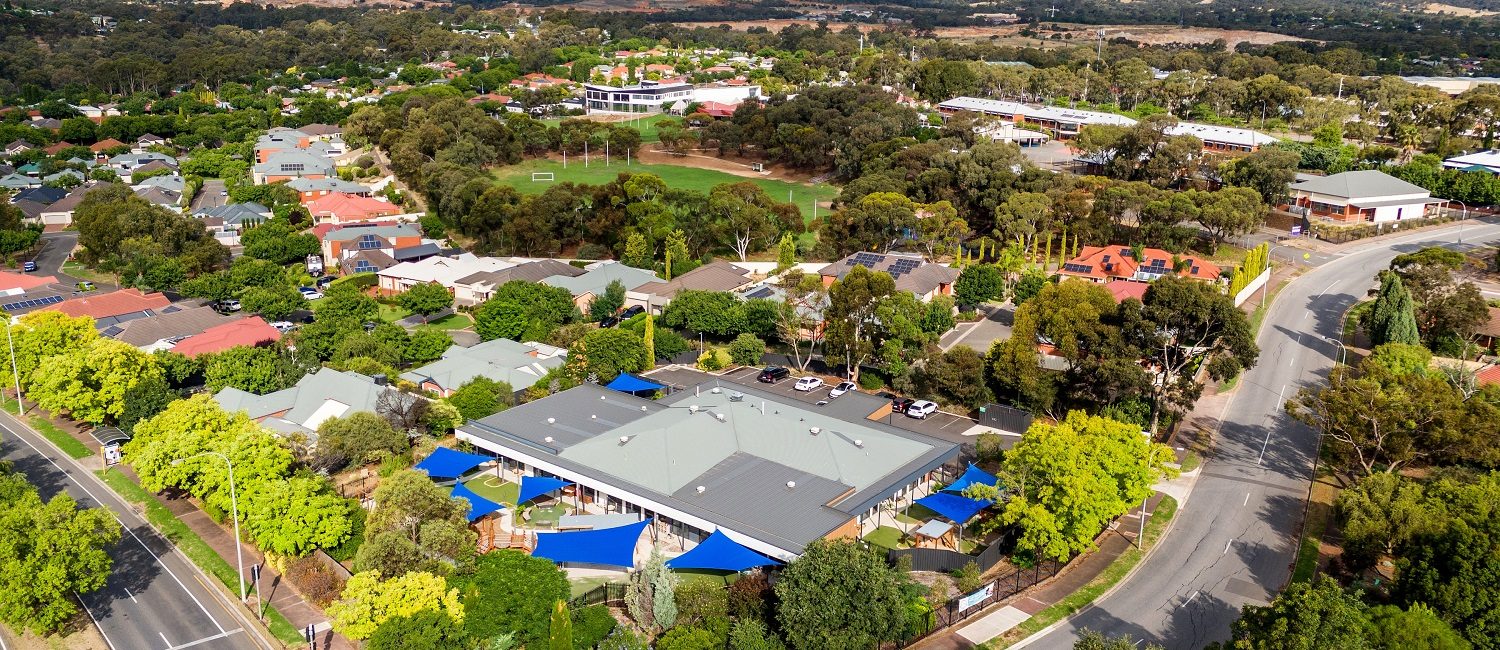
Childcare centres have been changing hands at pace around the country, attracting mum and dad investors through to high-net-worth individuals seeking out assets seen as safe bets.
There has been a string of childcare centre deals nationally this year despite higher interest rate conditions that have dampened investor confidence towards other commercial asset classes.
Commercial real estate agents say childcare properties are more resilient than other asset classes due to typically longer leases and the strong demand for childcare services amid a growing population, higher participation rates and expanded government subsidies.
One of the latest childcare deals was a 900sqm centre in Adelaide’s outer suburbs bought by an investor based in Victoria for $8 million last month.
CBRE’s healthcare and social infrastructure team, led by Sandro Peluso, secured the deal on a 5.75% yield.
“Childcare investments are becoming more appealing in investors’ eyes, despite broader headwinds in the economy,” Mr Peluso said.
“However, just like much of the market, it’s still no walk in the park.”
The deal was the team’s sixth childcare transaction in as many weeks, having notched up sales across Victoria, South Australia and Western Australia.
Most of CBRE’s recent childcare transactions have been through private capital or syndicates, which were overlooking the short-term costs of borrowing to secure investments for the medium to long term.
Ray White Commercial – Western Sydney associate director and childcare property specialist Jai Sethi said the market sentiment towards childcare was very strong, especially for established assets.
“They’re doing really well at the moment because they have a strong underlying business that’s providing an essential need to the community and it’s backed by government as well,” Mr Sethi said.
“Another reason they’re doing well is because construction costs have increased by 30% to 40% over the past few years, so people believe it’s better to buy something built rather than build it themselves.”
While established centres were preferred, childcare developments were still sought after in new neighbourhoods where operators faced less competition and land was less expensive, Mr Sethi said.
Mr Sethi sold a childcare development site in the NSW town of Silverdale under the hammer for more than $2.5 million last month – exceeding expectations by more than $800,000.
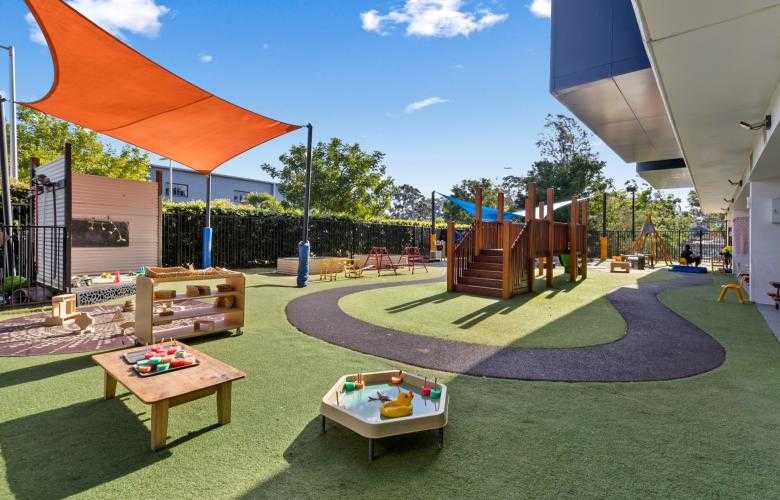
This childcare centre in Alexandria, Sydney was sold on a 4.89% yield in February. Picture: Burgess Rawson
He said the site was sought after because the surrounding area was growing with new homes under construction and young families seeking out affordable housing.
Commercial real estate agents agreed that childcare property yields were holding up around the 5% to 6% range despite higher lending costs.
“Over the past five to 10 years, the yields have held up compared to other asset classes,” Burgess Rawson NSW director of childcare Michael Vanstone said.
Mr Vanstone sold a centre in the inner-west Sydney suburb of Tempe for more than $7.2 million earlier this year, representing a 5.32% yield.
But some deals have even reached sub-5% yields this year. Mr Vanstone secured a 4.89% yield on the $8.5 million sale of a childcare centre in Alexandria, Sydney in February.
Mr Vanstone said mum and dad investors were active at the lower price levels, while high-net-worth players were active in the $5 million-plus space.
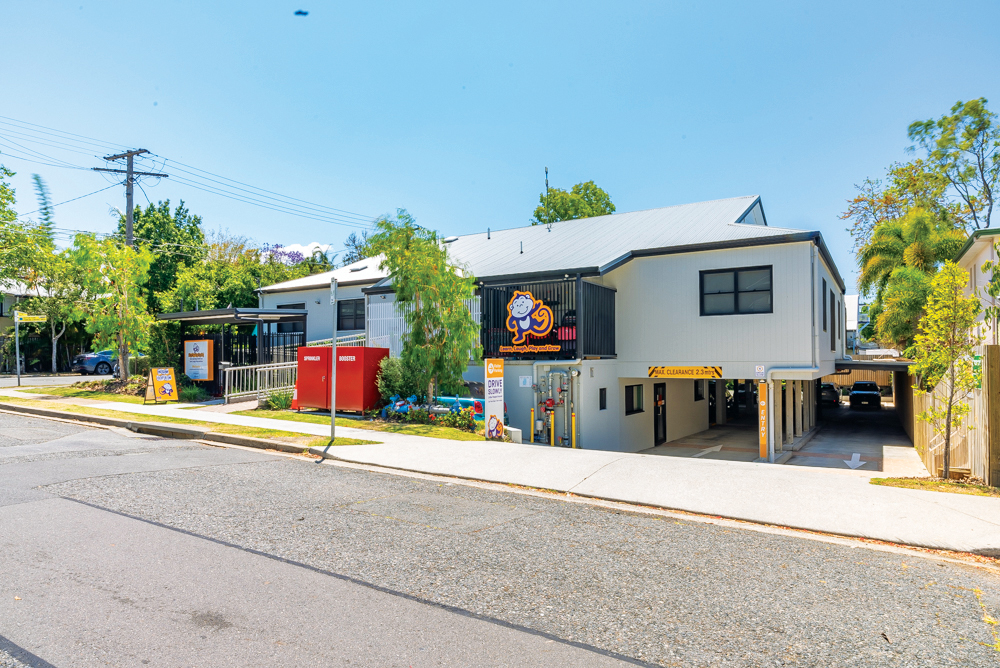
This childcare centre in Dutton Park, Brisbane sold for $5.38 million last month, reflecting a 4.84% yield. Picture: Burgess Rawson
“The childcare property market is still performing strongly, but it’s all down to price point,” he said.
“Stock levels are a little bit lower this year, but the results that we’re getting from sales are pretty strong.”
While the outlook for childcare looks rosy, PropTrack economist Anne Flaherty noted that the sector was not immune to headwinds.
She said staffing was a challenge for many operators that impacted the profitability of centres.
While there might be enough demand for a centre to run at full occupancy, it could only do so with sufficient staff, Ms Flaherty said.


